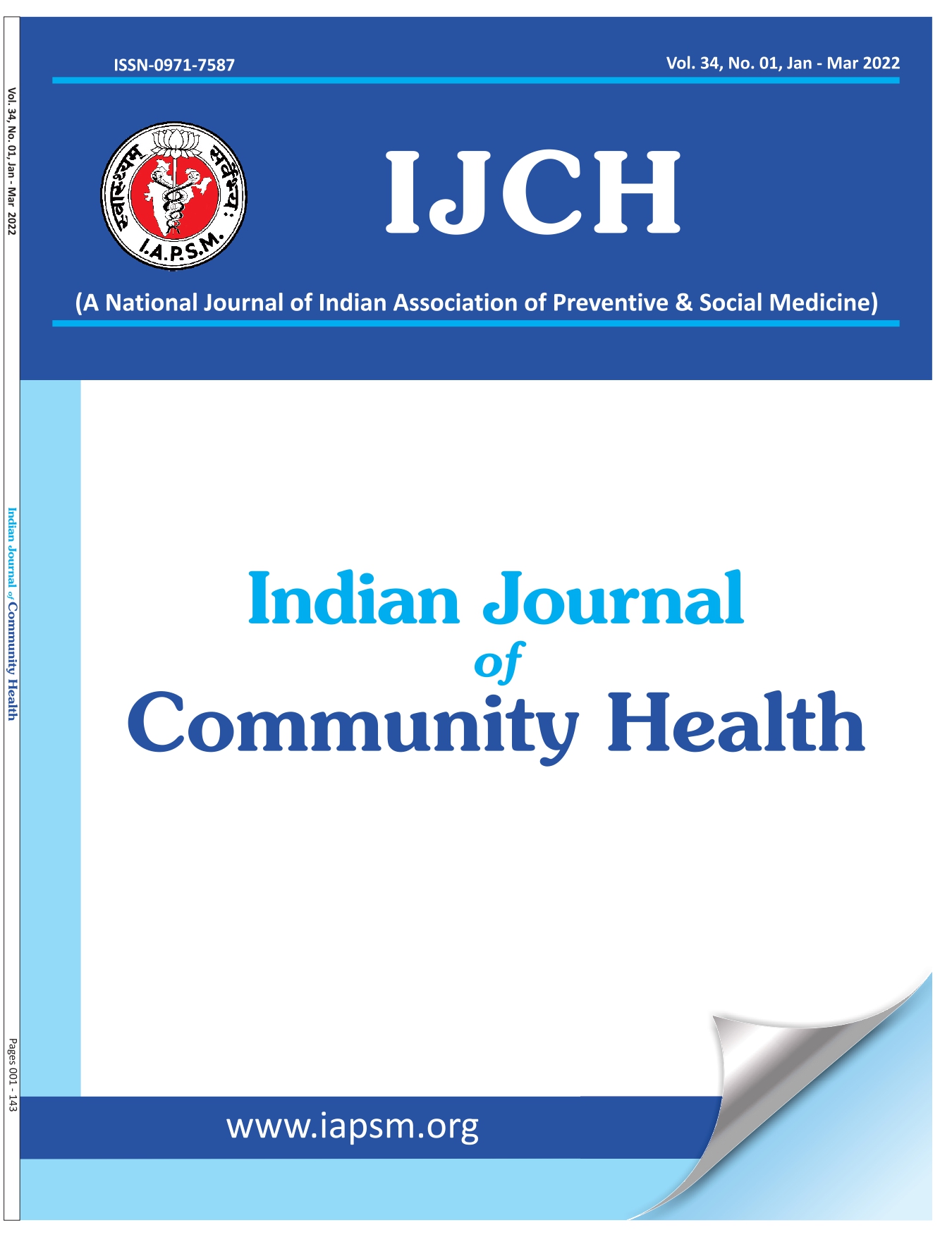Evaluation of Uterine Biophysical Profile and to Assess its Role in Predicting Conception among Unexplained Primary Infertility Patients
Abstract
Introduction: Infertility is a devastating disease which affects its victims at a very basic level the ability to reproduce. This can be divisive to the couples involved, their relatives and friends. The influence of infertility can be immense. There are a lot of medical and social consequences of infertility and the psychological sequelae are one of them. Affected patients and their families suffer from loss of esteem, disappointment and depression. Considering the immense effect of infertility on the life of not only the affected couples but also on their families and relatives the present study was conducted with following objective. Objective: To evaluate the Uterine Biophysical Profile and to assess its role in predicting the conception outcome in spontaneous cycles in patients with unexplained primary infertility. Material &Methods: A prospective observational study was conducted in the Department of Obstetrics and Gynaecology, U.P. Rural Institute of Medical Sciences & Research, Saifaion 55 women with unexplained primary infertility after standard diagnostic work up. Ultrasound (TVS) measurement of all patients was performed in their midcycle of spontaneous cycle. The Uterine Biophysical Profile (UBP) i.e. certain sonographic qualities of the uterus were noted during the normal mid-cycle of these patients. These included 7 parameters: Endometrial thickness in greatest AP dimension of 7 mm or greater (full-thickness measurement), a layered ("5 line") appearance to the endometrium, myometrial contractions causing a wave like motion of the endometrium, homogeneous myometrial echogenicity, uterine artery blood flow (as measured by PI, less than 3.0), blood flow within zone 3 using color doppler technique, myometrial blood flow seen on gray-scale examination. The Uterine Scoring System for Reproduction ("USSR") was used to evaluate the total score. Results: Among 55 unexplained primary infertility patients 24 i.e. 43.63% conceived by serial ultrasonographic monitoring of spontaneous menstrual cycle and timed intercourse. According to USSR, with a ‘perfect score’ of 20, there was 80% conception rate. While 9 /15 patients (i.e 60%) conceived with a score of 17-19. With a score of 14-16, 10/23 patients conceived i.e. 43.37%. Only 8.33% conception rate was seen with a low score of < or = 13. Highest pregnancy rate (60%) was seen with an endometrial thickness of 7-9mm while zone IV endometrial blood flow gave maximum conception rate of 66.66%. Conclusion: UBP can prove to be a simple, reliable, reproducible, rapid and non-invasive tool to predict uterine environment and hence conception outcome.





